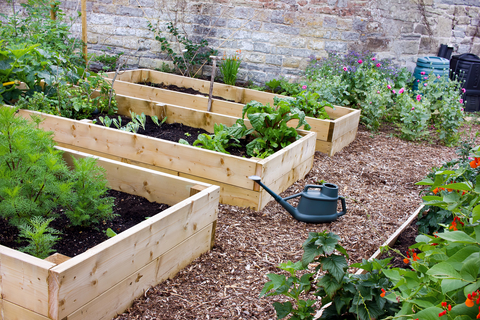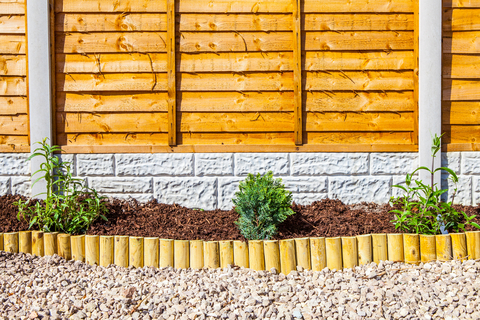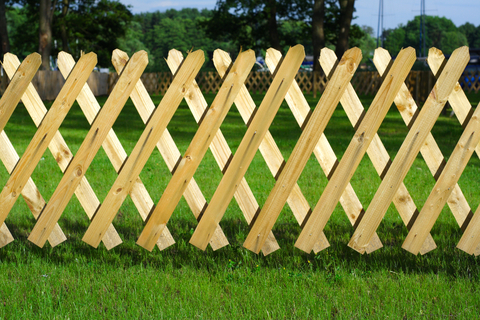Winter Fencing Maintenance: Tips for Durability & Protection
Published on 27 November 2024
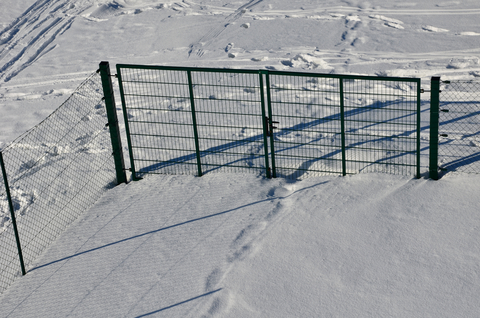
As winter approaches, homeowners often focus on insulating their homes, clearing gutters, and preparing gardens for frost. However, timber fencing also deserves attention. Winter weather, characterised by frost, moisture, and strong winds, can take a toll on wooden fences. With proactive care and proper farm maintenance you can prevent costly repairs and ensure your fencing stands strong throughout the season. In this guide, we’ll explore essential tips for winter fencing maintenance to enhance durability and longevity.
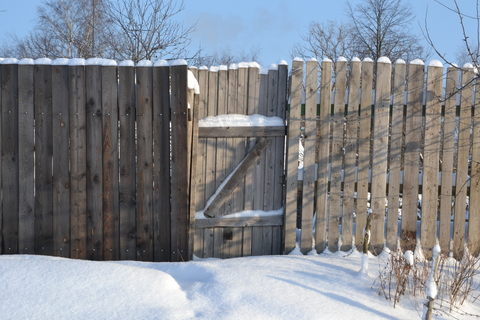
Choosing the Right Treatments for Your Fence
Protecting and installing timber fences in winter begins with applying the right treatments. Exposure to moisture and freezing temperatures can cause wood to swell, crack, or rot. Weatherproofing your fence with a high-quality sealant, stain, or paint creates a protective barrier against the elements.
- Stains and Sealants: Opt for oil-based or water-repellent stains designed specifically for timber fencing. These penetrate the wood deeply, preventing water absorption and minimising the risk of swelling or cracking.
- Paints: Choose durable outdoor paints that offer UV protection and water resistance. Light-coloured paints can also reflect sunlight, reducing heat stress on the wood.
- Regional Considerations: If you live in a region prone to heavy rainfall or snow, prioritise products with strong water-repellent properties. Consult a local timber supplier to ensure compatibility with your timber type.
Inspecting for Damage Before Winter Sets In
A thorough inspection before winter begins is a key step in protecting wooden fences in winter. Small issues like cracks or loose panels can worsen under the strain of harsh weather.
Inspection Steps:
- Check for Rot and Decay: Focus on areas near the ground where moisture tends to accumulate. Look for signs of soft, discoloured, or crumbly wood.
- Examine Panels and Rails: Ensure panels are firmly attached and free of significant cracks or splits. Loose rails should be repaired immediately.
- Inspect Fence Posts: Wiggle each post to check for stability. Posts embedded directly into soil are more vulnerable to rot.
- Assess Hardware: Check screws, nails, and brackets for rust or looseness.
Addressing minor damage promptly prevents it from developing into costly repairs during winter.
Repairing and Reinforcing Your Fence
Repairing and reinforcing timber fencing ensures it can withstand heavy snowfall and strong winds. Winterproofing wooden fencing also includes reinforcing weaker sections.
- Repair Loose Panels: Secure loose panels with galvanised screws or nails to withstand high winds.
- Stabilise Fence Posts: If a post is leaning or loose, re-set it in concrete or replace it entirely. Consider using post caps to minimise water seepage.
- Add Support Rails: Install additional rails along longer fence sections to improve stability.
- Wind Bracing: For areas prone to strong gales, diagonal bracing can provide extra strength to withstand pressure.
Cleaning Your Fence for Better Durability
Cleaning is a crucial yet often overlooked part of winter fencing maintenance. Dirt, moss, and mildew can trap moisture against the wood, accelerating decay. A clean fence allows treatments to adhere better and perform effectively.
- Cleaning Methods: Use a stiff brush and warm, soapy water to scrub away grime. Pressure washers can be effective but should be used cautiously to avoid damaging the wood.
- Eco-Friendly Options: Natural solutions like white vinegar diluted in water can combat mould and mildew. Baking soda mixed with water is another gentle yet effective cleaner.
- Timing: Clean your fence on a dry, sunny day to ensure it dries thoroughly before applying any treatments.
Tips for Winterproofing Wooden Fences
Beyond regular maintenance, winterproofing involves practical steps to minimise exposure to harsh elements.
- Install Gravel Boards: These lift the fence off the ground, preventing direct contact with damp soil.
- Protective Covers: Use tarps or specialised fence covers during extreme weather conditions, such as storms or blizzards.
- Trim Surrounding Vegetation: Overhanging branches and ivy can add weight to the fence or trap moisture against it. Keep nearby plants pruned.
- Improve Drainage: Ensure the area around your fence has good drainage to avoid water pooling at the base. Adding a layer of gravel can help.
Seasonal Maintenance Checklist
A seasonal checklist ensures nothing is overlooked when preparing timber fences for winter. Use this quick guide to keep your fence in top condition:
- Inspect for damage, including rot, cracks, and loose components.
- Clean the fence to remove dirt, moss, and mildew.
- Apply weatherproofing treatments like stains, sealants, or paints.
- Repair or replace any damaged panels, rails, or posts.
- Install gravel boards and improve drainage if necessary.
- Trim vegetation near the fence.
- Add reinforcements to withstand strong winds or heavy snowfall.
Proactive winter fencing maintenance not only enhances the durability and longevity of your fence but also saves you from unexpected repair costs. By inspecting, repairing, cleaning, and applying the right treatments, you can protect timber fencing from winter’s harsh effects. Implementing these steps now ensures your fencing remains a sturdy, attractive feature of your property for years to come.

Make your fences winter-ready with Linnell Bros
Looking to protect your fencing this winter? At Linnell Bros, we offer a wide range of premium fencing supplies, including durable timber, weatherproof treatments, and essential accessories to keep your fence strong and beautiful all year round. Whether you need gravel boards, sealants, or expert advice, our team is here to help. Don’t let winter weather damage your investment – prepare with our top-quality products designed for durability and longevity. Visit us today to explore our extensive range or contact our friendly team for personalised recommendations.



